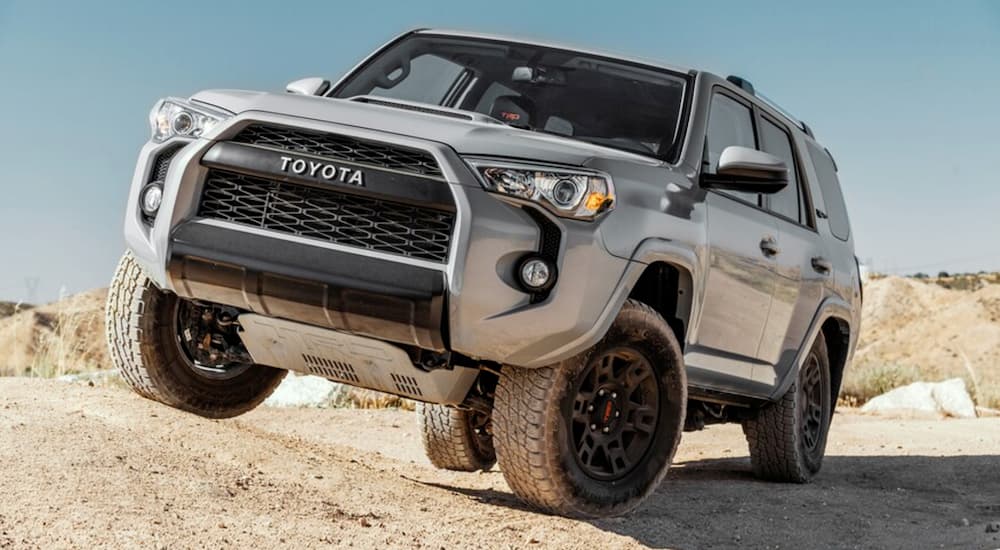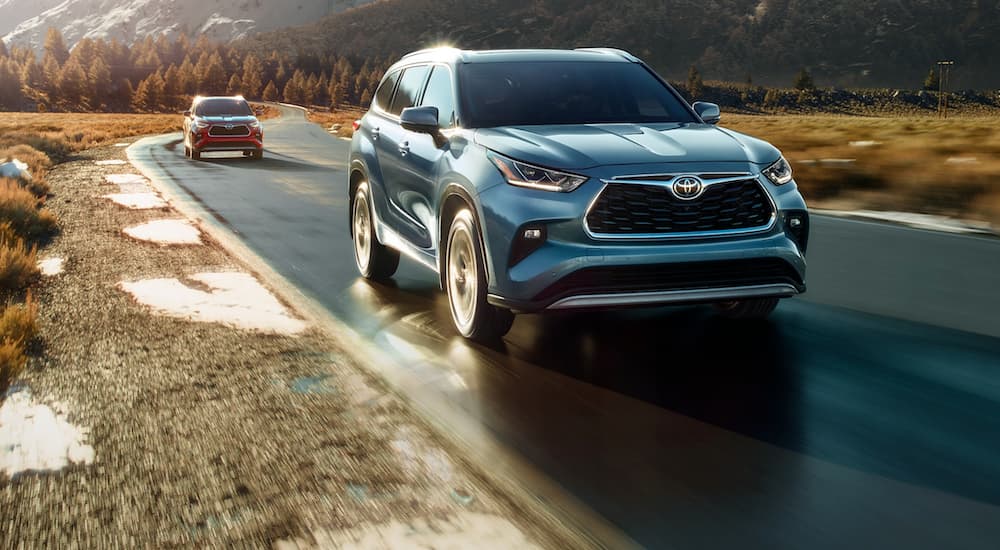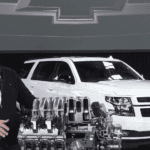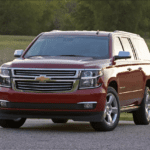Think about how much trust you put in a dealership to be transparent about their vehicles and give you the best deal. A reputable used SUV dealer is integral to helping you find the perfect model that fits within your budget and meets your driving needs. However, if you want confidence in your purchase, some of the work also falls on your shoulders.
Buying a used vehicle was once incredibly risky because you never fully knew what you were getting. Individuals without mechanical knowledge had to take a dealership or private seller at their word or invest in an inspection before the sale. Even then, there was no guarantee of a car’s maintenance or ownership history. Fortunately, the industry has advanced, and buying a used SUV is now less risky, thanks to vehicle history reports and regulations requiring dealerships to operate transparently. These advancements, however, only go so far.
As a buyer, you’re responsible for inspecting the vehicle before the sale. You can use vehicle history reports and other dealer-provided information to enhance and add to your research, but ultimately choosing the right used SUV rests on your shoulders. However, contrary to popular belief, you don’t have to be mechanically inclined or have decades of experience in the automotive industry. All it takes is relying on your senses to determine if the investment is worthwhile.

Things to Look For
Once you find a used SUV, your first job is to visually inspect the model. While this seems straightforward, it requires more than a quick walk around the vehicle. A thorough inspection can reveal several issues if you know what to look for and where.
Dents, Dings, and Scratches
It’s common to find dents, dings, and scratches on a used vehicle. However, you never want to discover a major cosmetic issue after you make the purchase. Carefully inspect the vehicle before you buy it, and make sure any exterior damage is appropriate for its age and price. Don’t forget to be mindful of any cracks or chips in the windshield, as these can be costly to repair down the road.
Paint Defects
Defects in the paint are a telltale sign of damage, neglect, or sloppy repairs. For example, every vehicle panel should have the same paint color and finish. Likewise, there shouldn’t be any paint overspray in the wheel wells, the bottom of the doors, or the seals around the trunk, hood, or doors. If it looks like a car has been repainted, ask the dealership what they know.
Rust
Rust is detrimental to a vehicle, so knowing where to look and how to spot it is critical. Some of the most common rust spots are the wheel wells, exhaust, the bottom of the door panels, and other metal underbody components. In some cases, rust can be camouflaged by the paint job, so it’s critical to look for blistering paint in these areas.
Water Damage
Like rust, water damage can be costly if you don’t catch it early in a vehicle. You can check for water damage inside the car, truck, or SUV in several areas. First, inspect the headliner and trim for leaks and areas that sag. Then, look inside the trunk or rear cargo area for water stains. Lastly, extend the seatbelts as far as possible to see if there’s a visible watermark or discoloration, double checking its manufactured date against the vehicle’s model year. A newer seatbelt on an older model indicates a potential issue.
Instrument Panel Errors
Turn the ignition on from the driver’s seat but don’t start the engine. Instead, pay close attention to the instrument panel, noting any warning lights that illuminate. For example, a Check Engine light should never be ignored. If it’s a newer digital display, run through the screen to see if everything works, like the tire pressure monitoring system, oil life indicator, and other helpful features.
Things to Listen For
It’s easy to get distracted during a test drive, especially when it’s an SUV you’ve always dreamed of owning. You’re suddenly in the driver’s seat, chatting with the salesperson and paying little attention to anything beyond the conversation and the traffic. However, this is one of the most critical aspects of buying a vehicle and requires all your attention.
Engine Noises
It seems obvious, but remember to sit in the vehicle with the engine idling before you leave the parking lot for your test drive. Pay close attention to how it sounds and whether the engine is easy to start. Then, as you begin driving, note any unusual noises when you increase or decrease speed. Do this without any distractions, like the radio playing, so you can focus entirely on what you hear.
Sound System Quality
Once you’ve listened closely to the engine, check the sound system and the vehicle’s connectivity features. You can do this from the safety of the dealership lot, so you aren’t distracted by traffic or anything else. Check the radio system, smartphone integration features like Apple CarPlay and Android Auto, navigational tools, and in-vehicle apps. Also, make sure the sound system and the speakers work correctly.
Things to Feel For
Many people buy vehicles based on how they feel. For example, someone looking for speed wants a car that performs exceptionally well when pushing the speed limit and hugging the curves of every winding backroad. It’s natural to want a vehicle that handles well and feels good on the road, but there’s more to feeling than that.
Worn Seats
As you inspect the vehicle, think about how you feel in the seats. Do the seats offer maximum comfort or are they worn down in areas like the lumbar, where support is critical to reducing fatigue? Sit in every seat in the SUV, even if you’ll spend most of your time behind the wheel. Test any features and inspect the upholstery for imperfections, tears, or stains that need reconditioning.
Damp Carpeting
Water damage isn’t always visible as stains in the floor mats or a sagging headliner. Sometimes, you can rely on the sense of touch for problematic areas. Carpeting that feels damp is a telltale indicator of recent water damage, which can ultimately lead to rust and other costly expenses.
Things to Smell For
The new car smell is enticing and showcases just how important it is for buyers to use their sense of smell as they shop for their next vehicle. As you inspect a used SUV, pay close attention to unusual odors like mustiness, mold, mildew, or smoke. An SUV that smells musty likely has water damage, while a strong acidic smell indicates the previous owner was a smoker. In any instance, these odors are difficult to eliminate.
The Common Sense Approach
Common sense is one of the most important senses to rely on while searching for the perfect used SUV. As a buyer, you’re responsible for gathering the necessary information and doing your homework before the sale. Inspecting the vehicle is only the beginning of the process. Once you’re happy with what you see, it’s time to dig deeper and find the vehicle identification number (VIN). The VIN gives you access to the vehicle history report and helps you gauge the car’s value in the current market. With this information and after using all your senses, you can negotiate a fair price and confidently finalize the sale.





